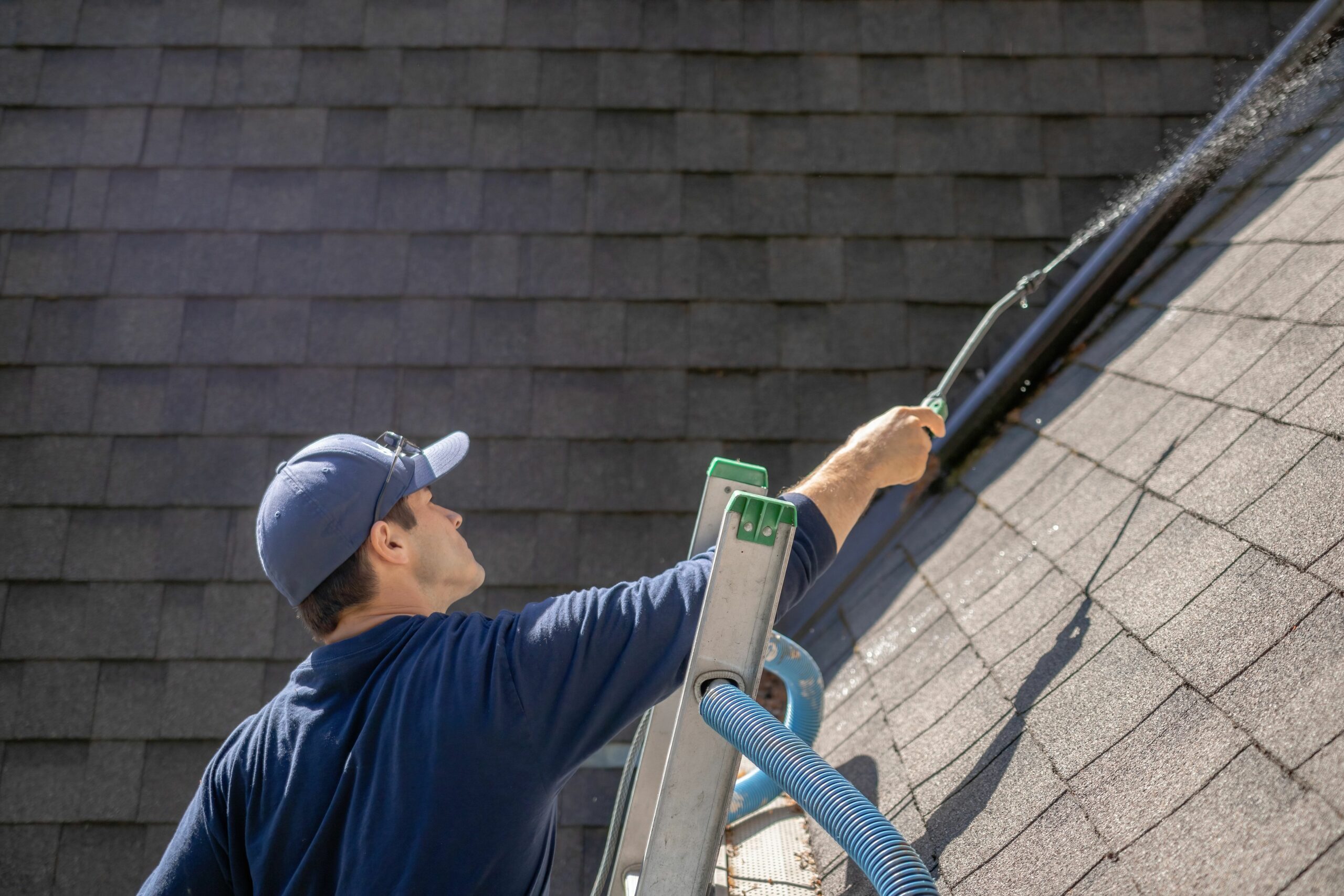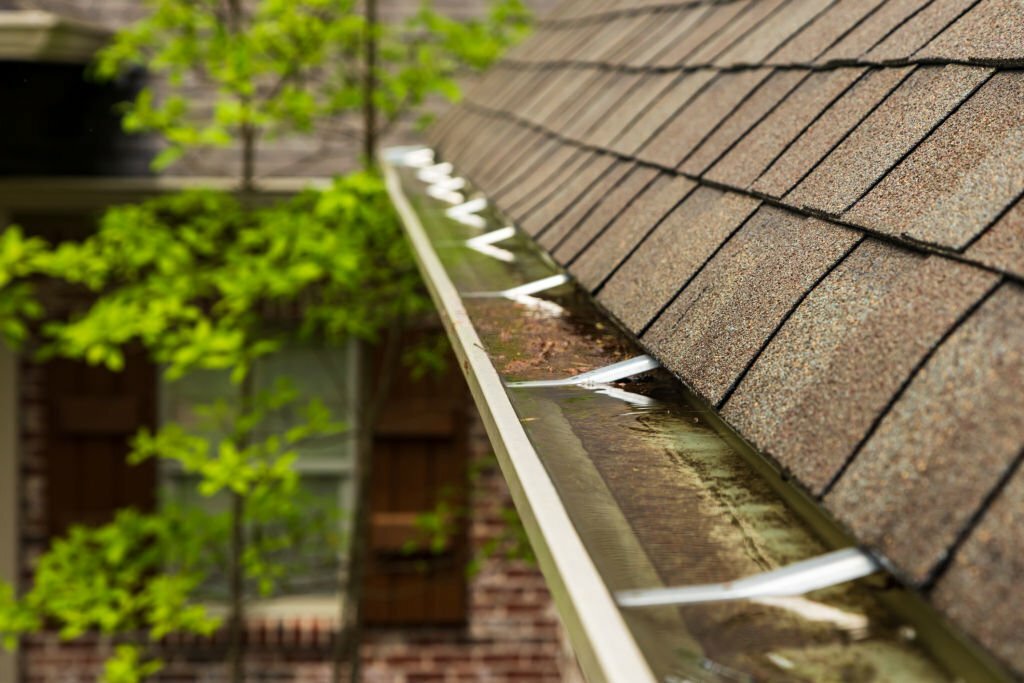The crisp air and golden leaves of fall bring a certain charm, but they also bring hidden risks for homeowners. As trees shed their leaves and seasonal storms roll in, your roof becomes the first line of defense—and often the first to suffer. A few leaves today can turn into costly damage tomorrow if ignored. Understanding what really happens when debris collects on your roof can help you protect your home before problems take root.
Falling Leaves Trap Moisture and Accelerate Decay on Roofing Systems
It starts small—just a layer of colorful leaves across the shingles. Yet beneath that pretty surface, moisture builds up fast. Trapped dampness seeps between shingles, softening the materials and breaking down protective coatings. Asphalt, wood, and even metal roofing can start to deteriorate when left under piles of soggy leaves. Constant exposure to moisture shortens the life of your roof and invites trouble as temperatures drop and freeze-thaw cycles set in.
Taking a proactive approach through regular roof cleaning helps prevent this decay. Clearing leaf buildup allows proper air circulation and keeps roofing materials dry. It also gives you a chance to spot early signs of damage before they spread. Homeowners in places like Vancouver see more rain during the fall, so even a small amount of trapped moisture can lead to early roof wear. Keeping your roof free of wet debris ensures it stands strong through the stormy season.

Hidden Debris Pockets Invite Mold, Rot, and Structural Damage
Leaves don’t always stay where they fall. They clump up in valleys, corners, and low spots, forming hidden pockets of moisture and decay. Once these spots stay damp long enough, mold begins to grow. Spores multiply under the surface, feeding on the organic matter from decomposing leaves. Over time, the damage spreads beyond the roof’s surface into rafters and sheathing, compromising the structure itself.
Routine roof cleaning and inspection stop these issues before they start. Clearing these concealed pockets helps air and sunlight reach areas that tend to stay damp. Mold and rot spread silently, but with preventive maintenance, you keep the framework strong. Gutter cleaning also plays a big role here—when gutters overflow with leaves, trapped moisture can seep back into the roof edges, worsening the problem. A clean, dry roof is a healthy one.
Accumulated Branches Block Drainage and Cause Pooling Issues
Branches and twigs might not seem harmful, but when they pile up, they change the way water flows across your roof. Rainwater begins to pool in places it shouldn’t, creating pressure on seams and joints. This trapped water slowly wears away at the waterproof barrier. Over time, shingles loosen, underlayment weakens, and leaks start to appear inside the home.
Once pooling begins, the damage spreads quickly. Branches can even puncture the surface or scratch protective coatings, leaving vulnerable entry points for water. Keeping your roof and gutters clear of fallen limbs ensures proper drainage after every rainfall. A simple cleanup every few weeks, especially after a storm, goes a long way in keeping your home dry and structurally sound throughout the wetter months.

Heavy Wet Debris Stresses Roof Framing and Invites Sagging
When debris gets soaked by continuous rain, it becomes surprisingly heavy. This added weight puts strain on the roof framing beneath. Over time, the pressure can cause visible sagging or warping in the decking. In extreme cases, the load may shift enough to damage beams or cause gaps between panels. Once that happens, it’s not just a surface problem—it’s a structural one.
Proper maintenance prevents this weight from building up. Regular roof cleaning after heavy storms helps relieve pressure before it causes damage. Even strong roofing systems can suffer if wet debris sits for weeks without removal. Think of it like clearing snow—waiting too long lets the weight become dangerous. Keeping your roof clear is an easy way to extend its lifespan and protect what’s underneath.
Roof Valleys Clogged with Detritus Lead to Seepage and Leaks
Roof valleys—the channels where two slopes meet—are especially vulnerable. They collect leaves, twigs, and dirt faster than any other part of the roof. Once clogged, these valleys block the natural path of water runoff, forcing it sideways under shingles. This trapped moisture seeps into the underlying layers, slowly creating hidden leaks that often go unnoticed until interior damage appears.
Cleaning these valleys regularly prevents leaks from ever forming. Homeowners often underestimate how much damage a few inches of buildup can cause. During gutter cleaning, it’s smart to check these sections as well. A clear valley allows water to move freely off the roof instead of backing up into the structure. Regular attention keeps your roof drainage system efficient and your home dry no matter how hard it rains.

Organic Buildup Against Eaves Triggers Wood Rot and Insect Access
Leaves and dirt tend to collect along the eaves where the roof meets the exterior walls. This damp organic material becomes a perfect breeding ground for decay and insects. Termites and carpenter ants thrive in softened, rotting wood, making your roofline a convenient entry point into the attic. What starts as a few piles of debris can end up as costly wood replacement or pest control bills.
Preventing buildup near the eaves is key to protecting the structure. Regular cleaning keeps moisture away from fascia boards and trim. When these areas stay dry, they’re far less likely to rot or attract insects. For older homes, it’s especially important to seal and repaint wooden sections after clearing debris to maintain their strength. A clean roofline not only looks better but also protects your home’s most vulnerable edges.
Damp Mats of Moss Foster Fungi and Degrade Roof Membranes
Moss may give a home a charming, rustic look, but it’s quietly destructive. Thick mats of moss trap water against the surface of shingles, keeping them wet for days after rainfall. Over time, that moisture penetrates the roofing membrane, weakening it from beneath. The longer it stays, the more the materials soften, leading to cracked shingles and eventual leaks.
Removing moss and preventing regrowth should be part of any seasonal roof care plan. Gentle cleaning methods protect the shingles while removing the buildup. Once the surface is clean, treatments can help stop spores from taking hold again. Keeping moss away also prevents the spread of fungi that thrive in constant moisture. For homes in rainy climates like Vancouver, regular maintenance is the best way to stop small growth from becoming major damage.
Protect Your Home Before the Season Turns—Free Flo Home Services Keeps Roofs Strong and Safe
Your roof works hard every season, but fall puts it to the test. From falling leaves to heavy rain, every small bit of buildup adds stress to the system. The good news? Preventing damage is easier than fixing it. With expert care, you can keep your roof strong, your gutters clear, and your home protected all year long.
Free Flo Home Services provides professional roof cleaning and gutter cleaning that keeps moisture, rot, and debris from taking over. Our team understands how seasonal changes affect your home and uses safe, thorough methods to keep it performing at its best. Don’t wait until leaks or sagging show up—let the experts handle it before small problems turn costly. Contact us today to schedule your seasonal roof maintenance and enjoy peace of mind through every fall storm.

